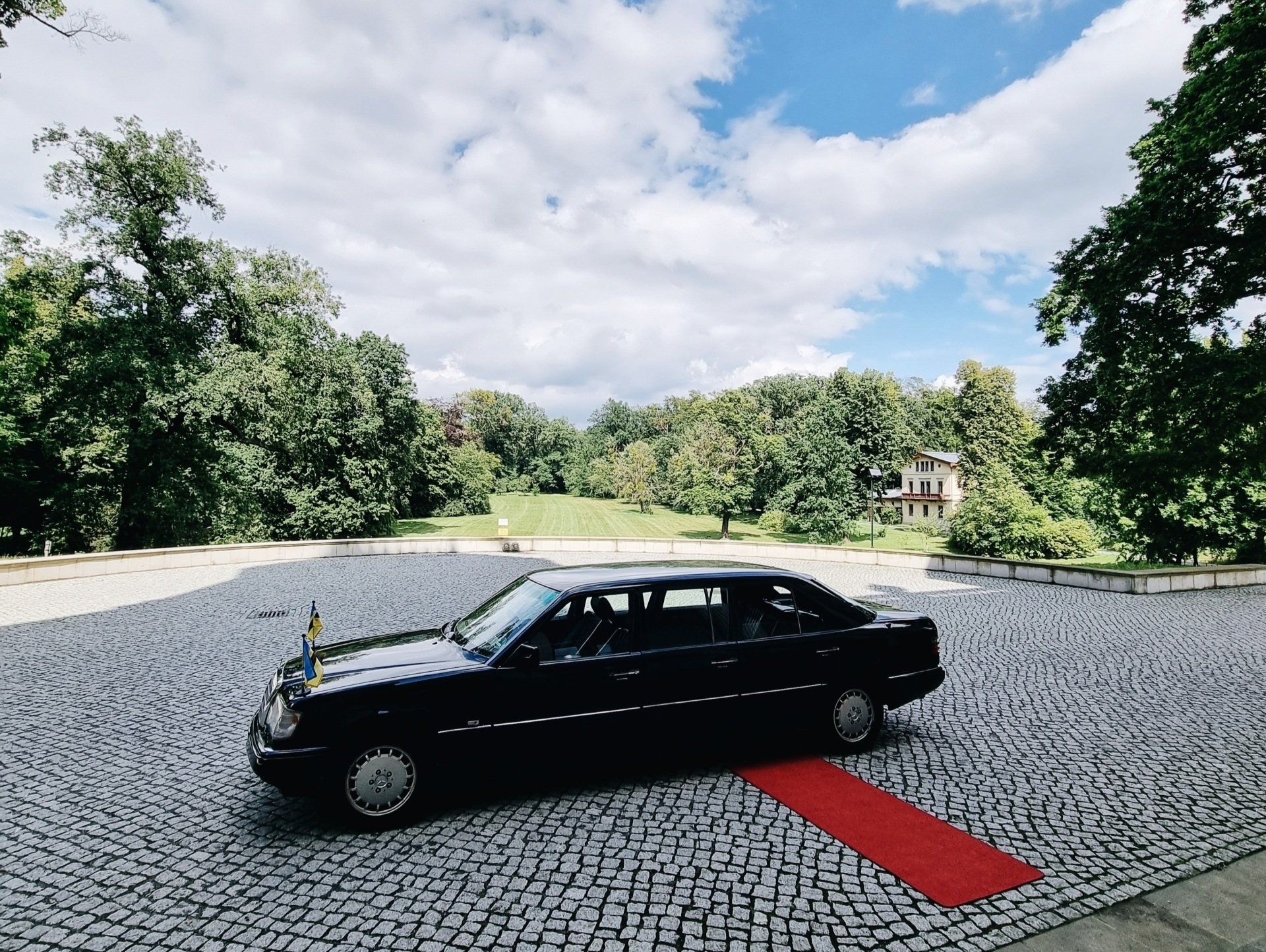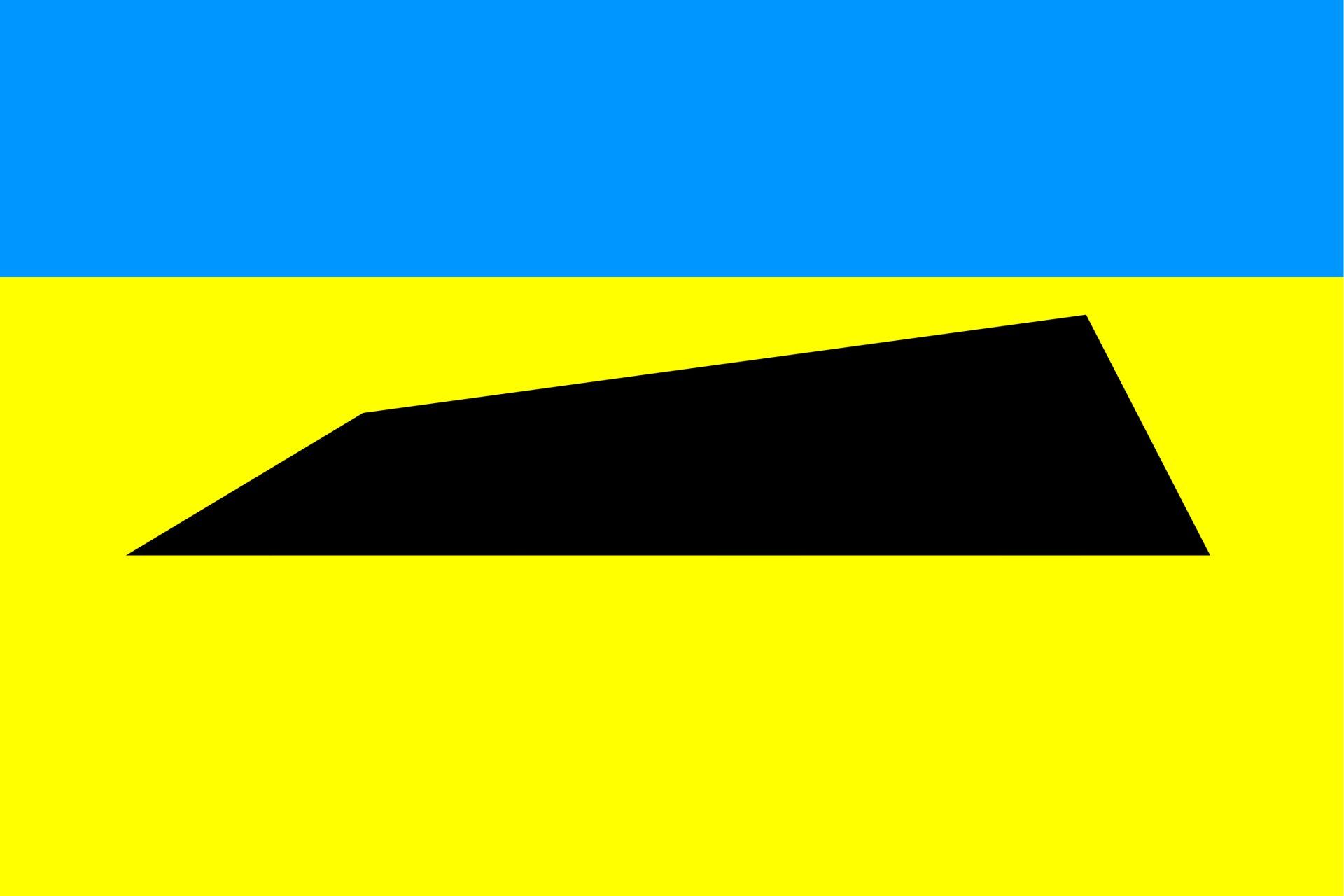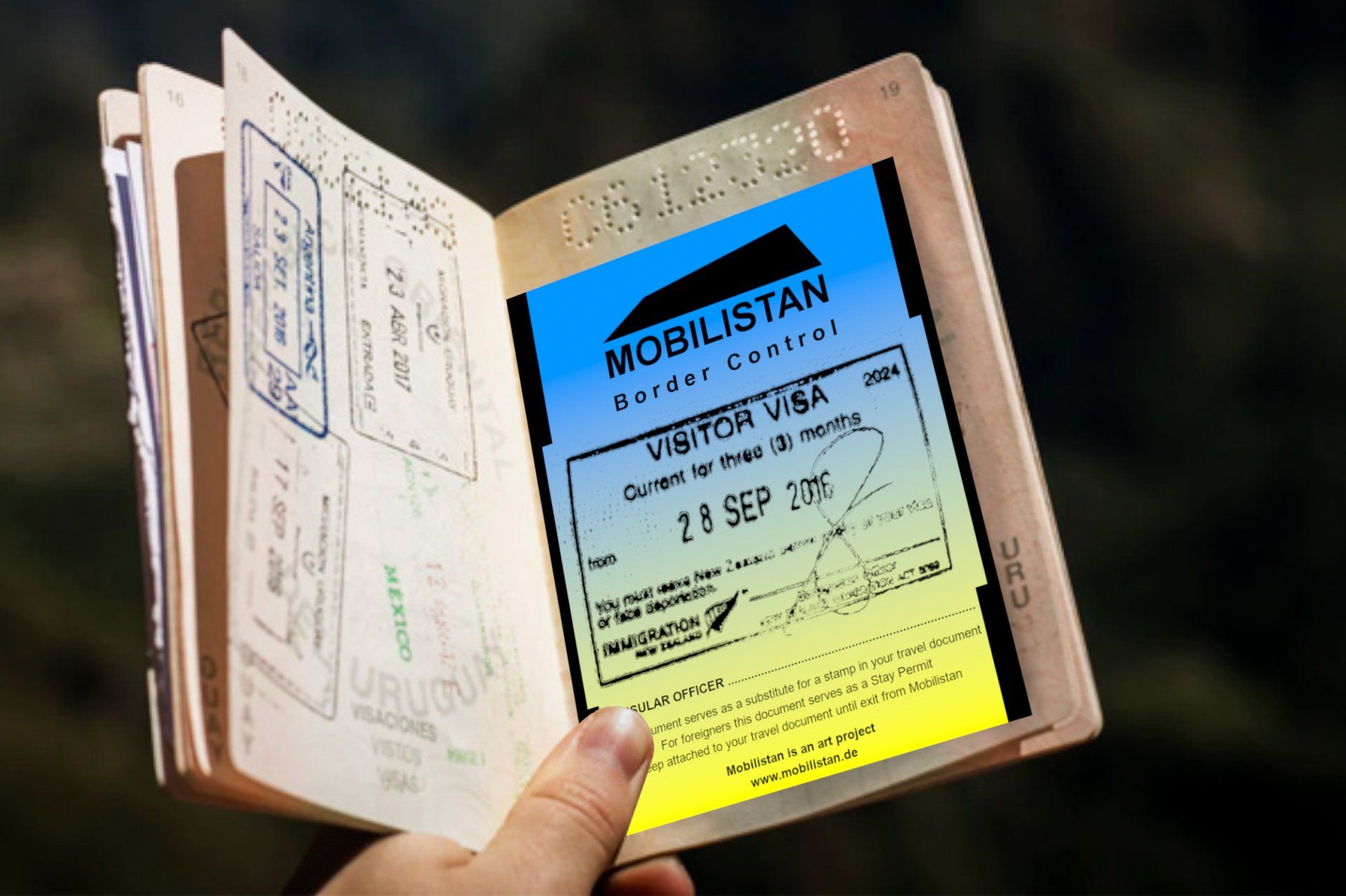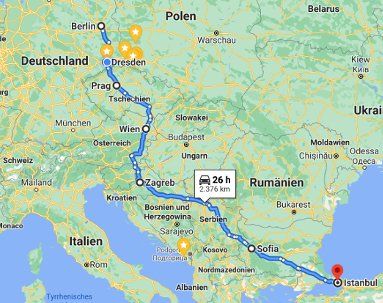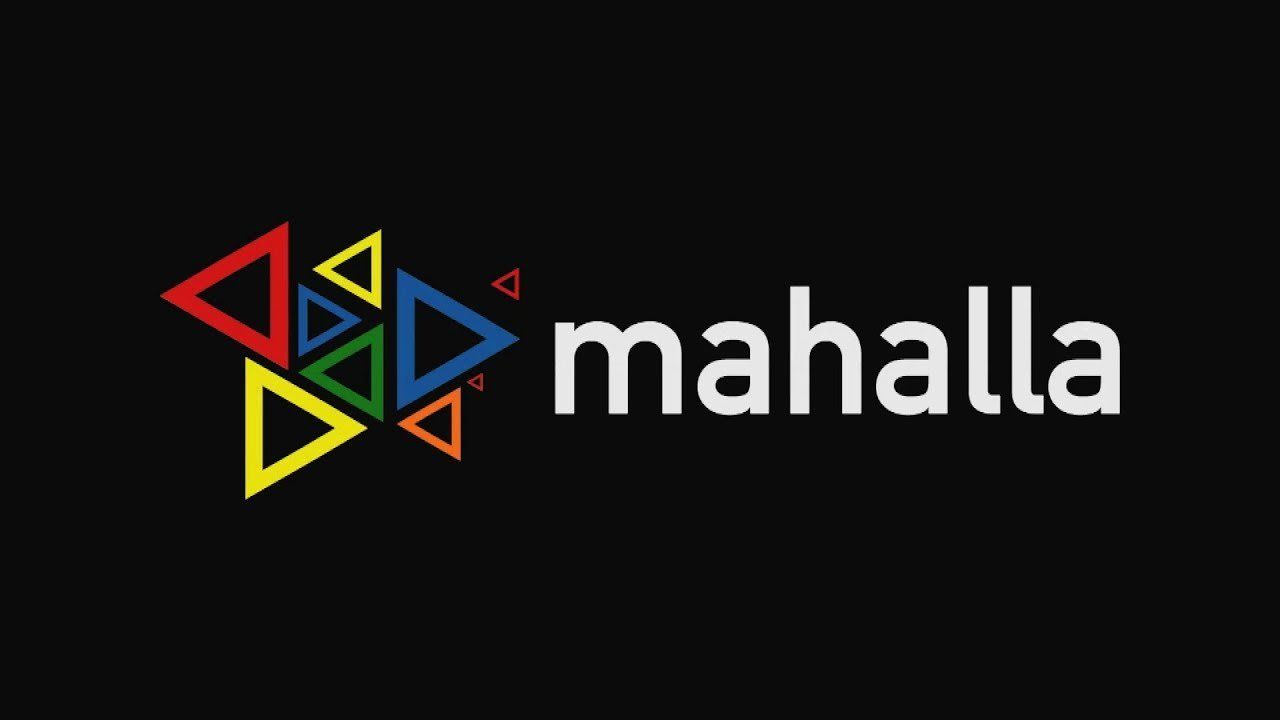Project Outline 2021
What is a state? What is its territory? Do we accept the way they are defined? Who will need to recognize us, besides us ourselves? These are questions that keep reappearing in history. A case in point is the Turkish Republic of Northern Cyprus, a de facto state in the north of the island of Cyprus that is not recognized by the international community except for Turkey – but the state does in fact exist. And it is not the only one of its kind: There are South Ossetia, Abkhazia, Artsakh or Transnistria, to name but a few. Moreover, there are projects like the Free Republic of Liberland, an internationally not recognized micronation claiming an uninhabited parcel of land on the bank of the Danube. While under Croatian administration, the area is considered part of Serbia. Then there is Sealand, situated some 7 miles off the English coast, a former WWII sea fort. The decommissioned platform, size some 500 m2, was proclaimed a sovereign state by Paddy Roy Bates in 1967. And, as a last example from the realm of art: there is the art collective NSK (Neue Slowenische Kunst) that in 1992 declared their transformation from a collective into a state ("State in Time"). This state was to have "no borders or territory" but be conceived as "an abstract organism and a Suprematist entity".
All examples show that to create facts, a declaration of sovereignty as a state is often sufficient, acceptance by some majority is not mandatory.
Our project MOBILISTAN is to be understood as a purely ART PROJECT dealing with issues of mobility, territorial limits, recognition, marginalization, freedom to travel and the desire to belong. Mobilistan will be established on the area of a stretch limousine or state limousine, thus forming the territory that can be entered or exited through the doors of the vehicle. Mobilistan has its own flag, hymn and passport.
There are four permanent residents of Mobilistan, playing simultaneously several roles like State President, Foreign Secretary, Minister of Finance, Interior Minister etc. The four permanent residents are: Manaf Halbouni, Christian Manss, and two alternating passengers. They will determine the fortunes of Mobilistan: who is allowed to become a citizen, who is expelled when the maximum population is reached in the vehicle, and the temporary location of Mobilistan.
For the Mahalla festival in Istanbul, we are planning to undertake a journey from Berlin to Istanbul with state visits in Saxony, Austria, Croatia and further states along our route. The duration of our journey, and which states we can pay an official visit, is of course dependent on what pandemic conditions will be in September. In any case, our aim is to arrive in Istanbul with our vehicle in the last week of September for the festival. We will also be present with MOBILISTAN for Manaf Halbouni's exhibition ZONE on 18 November 2021 at "Zentrum für verfolgte Künste" in Solingen. That is where the active part of our art project will be ending in 2021; a continuation is envisaged for 2022.
Ideally, our rolling state (again ideally: a Mercedes) will take a route to Istanbul which is identical with current refugee routes but has also been used by thousands of migrant workers since the 1960s to return home temporarily. A life between two states one equally belongs to. Dual citizenship, dual identities – and what for? All for a central idea: a better life – with all its advantages and disadvantages. The route to Germany represents this very goal: the promise of a better life. And travelling in the opposite direction each summer: to show that the better life has been found. And what was, and still is, a part of that, what is the status symbol? It is the car – it means freedom and security, a mobile shelter.
Connecting Manaf Halbouni and Christian Manss in that context, too, is the fact that both remember from their childhood how a car is something special and hard to get. One of them from Damascus, the other from the GDR. This is one of the reasons vehicles occupy such a large space in the work of Manaf Halbouni: driving is freedom. Consequently, if the space where you feel safe and free is a vehicle, it might as well be our state – our home.
What are the social challenges the project responds to? What impact is it intended to have?
Why is the citizenship of a particular country so appealing?
Ideally, what a functioning and appealing state should provide is: "Safety and Security". That is why Germany, despite all its problems, remains so attractive. At the same time, this construct is fragile, too, as shown by, e.g., the "Reichbsürger" movement. A "Reichsbürger" does not recognize the Federal Republic of Germany. Right now, various groups are questioning the legitimacy of the form of governance in which they live. A state is just this – a form of governance of a society. It's not only Reichsbürger, it is also digital nomads, or pioneers like Luis Cuende, of Project Aragon, who form new communities in the internet and want to be, in a traditional sense, stateless. Mobilistan is intended to stimulate discussion about existing and utopian forms of state.
Who/which social groups are involved in the project? Which target groups are to be addressed?
Directly involved in the project are the following: Zentrum für verfolgte Künste / Centre for Persecuted Arts (Solingen), the Mahalla Festival (Istanbul), and the two artists Manaf Halbouni (Berlin) and Christian Manss (Dresden). There will most likely be two more persons taking part in the journey: Barbara Repe (Zagreb) and Anne Manss (Dresden). In the preparatory stage, Anne Manss (set designer) and Barbara Repe (costume designer) are also involved in the design of the project. The target group basically includes all citizens of the states we will be visiting. Our objective is to raise questions that are often overlooked in everyday life. We simply live in organizational contexts without questioning them or appreciating them. We often accept the good along with the bad. Mobilistan is intended to create a place to make the complex questions of social organization accessible, and do it in a simple, easily accessible way.
Intended route of travel 2021
Our preliminary planning provides for 7 venues for artistic activities on the way to Istanbul and the Mahalla Festival: Berlin / Dresden / Prague / Vienna / Zagreb / Sofia / Istanbul.
We will also be present with MOBILISTAN for Manaf Halbouni's exhibition ZONE on 18 November 2021 at "Zentrum für verfolgte Künste" in Solingen. That is where the active part of our art project will be ending in 2021; a continuation is envisaged for 2022.
Activities and interventions
What we are planning to do is, in a way, to pay "state visits" with our travelling state. One of our aims is to meet an official representative of the respective state or a cultural organisation at each of our stopping points, be it a mayor, government minister, curators, artists or some other representative of the people, and discuss the organizational principle of "the state" with them and sign cultural or sistership agreements, primarily in English.
In each city, a fixed location will be needed for this to make our state temporarily accessible to guests. During the journey, the borders (doors) of our state will be closed and only the permanent citizens (the artists) will be allowed to pass.
On each official visit a red carpet will be rolled out in front of the vehicle; for entry to Mobilistan, a time-limited visa of 10-30 minutes duration will be issued, complete with a passport stamp. Inside the vehicle there is opportunity to discuss the advantages and disadvantages of Mobilistan, talk with the secretaries of state, get a tour through mobilistan by our minister of propaganda, look at the neighboring country and apply for an art-ificial passport entitling the holder to becoming a permanent art-citizen of the Mobilistan Digital Community.
Our plans had originally of course been to fill the state (the vehicle) with people up to its capacity limits, to present scenarios like "The state is full!" or "forced expulsion" in a straightforward, easily comprehensible image. That is indeed the general idea of Mobilistan: to project complex facts and circumstances onto a simple, well-known format. But we will have to act in accordance with the local pandemic restrictions in each country - like whether several people visiting Mobilistan at the same time will need to be have been tested or vaccinated.
The symbol on the art-ificial passport and the flag represents the abstract form of a vehicle (wheels deliberately lacking), not necessarily a car but any mode of transport. The idea is to enable us to act out the problems of land-grab or expansion of territory at a later stage of the project by acquiring a further vehicle like a trailer or another car. The abstract vehicle on the flag rests on yellow ground (land) with a blue sky above. This symbol will of course be used for any further purposes of representation – online, print, costumes, and the like.
For official occasions and for all video or photo ops we will be clad in statesmanlike suits; excepting in pictures we may require for propaganda purposes that need popular or heroic postures à la Putin.
(Author: Christian Manss)

